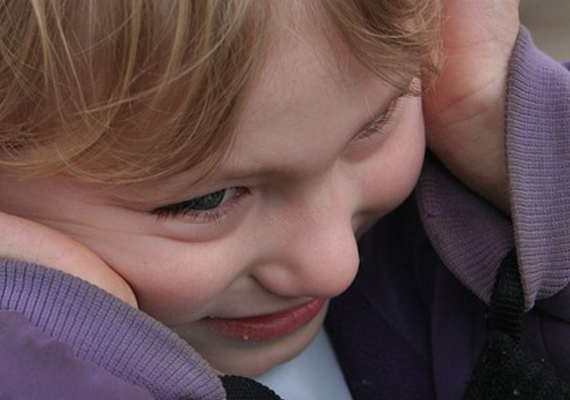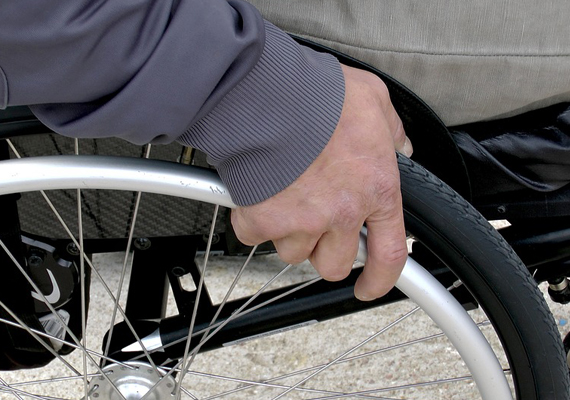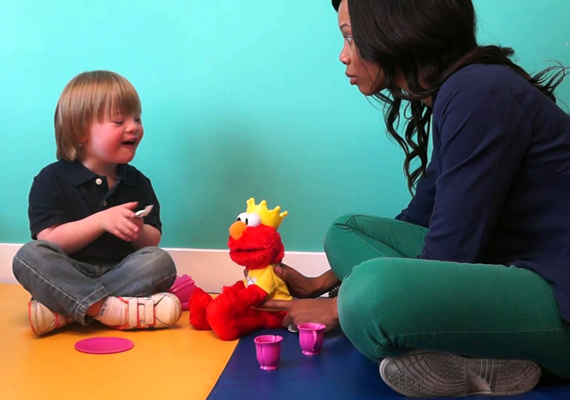
Childhood Disintegrative Disorder is a disorder of the not very known autism spectrum in children with a normal development during the first years. At the age of 3 or 4 they start to lose the acquired skills.
22 april 2016
The 3 April, the Diario de Sevilla reported that 7 179 Andalusians suffer some form of disability of 33% due to a autism spectrum disorder, according to the data of the Council for Equality and Social Policies.
This disorders affect one out of every 150 people (four times more men than women) and appear during the first three years of life. Among these disorders are the Asperger syndrome, Pervasive Developmental Disorder-Not Otherwise Specified, Childhood Disintegrative Disorder and the Rett syndrome. In this post we will deal with the childhood disintegrative disorder.
The web biopsicologia.net stablishes that the childhood disintegrative disorder ‘is characterised by a noticeable regression in different areas of functioning after, at least, two years of normal development’. It is also known as Heller syndrome and disintegrative psychosis. It usually appears in children of 3 and 4 years.
Diagnosis
The childhood disintegrative disorder is associated commonly with other neurological pathologies such as seizure disorders and tuberous sclerosis. Children suffering from this disorder show symptoms similar to the ones of the autistic disorder and the Rett syndrome. The main difference with the autistic disorder is that the development is normal until they are 3 or 4 years. During the clinical course appears a regression in skills. In the Rett syndrome, the regression is premature and appears in the hands’ stereotypies, this is, repetitive movements, semi-involuntary and non-propositional.
In short, the criteria for the diagnosis of the childhood disintegrative disorder are mainly four:
- Apparently normal development during the first two years of life;
- Considerable loss of the previously acquired skills in areas such as the expressive or receptive language, or motor skills;
- Abnormalities in areas such as the qualitative alteration of social interaction, qualitative alterations of communication and those behaviour patterns including motor stereotypies or mannerisms;
- It doesn’t appear due to the presence of any other generalised disorder of the development or schizophrenia.
Treatment
The treatment of the childhood disintegrative disorder is similar to the treatment of the autistic disorder, despite it has peculiarities in the behavioural therapy, neurological cares and medical control. Most common autism treatments:
- Behavioural therapies;
- Nutritional therapies;
- Pharmacological treatments;
- Complementary and alternative medicine.











